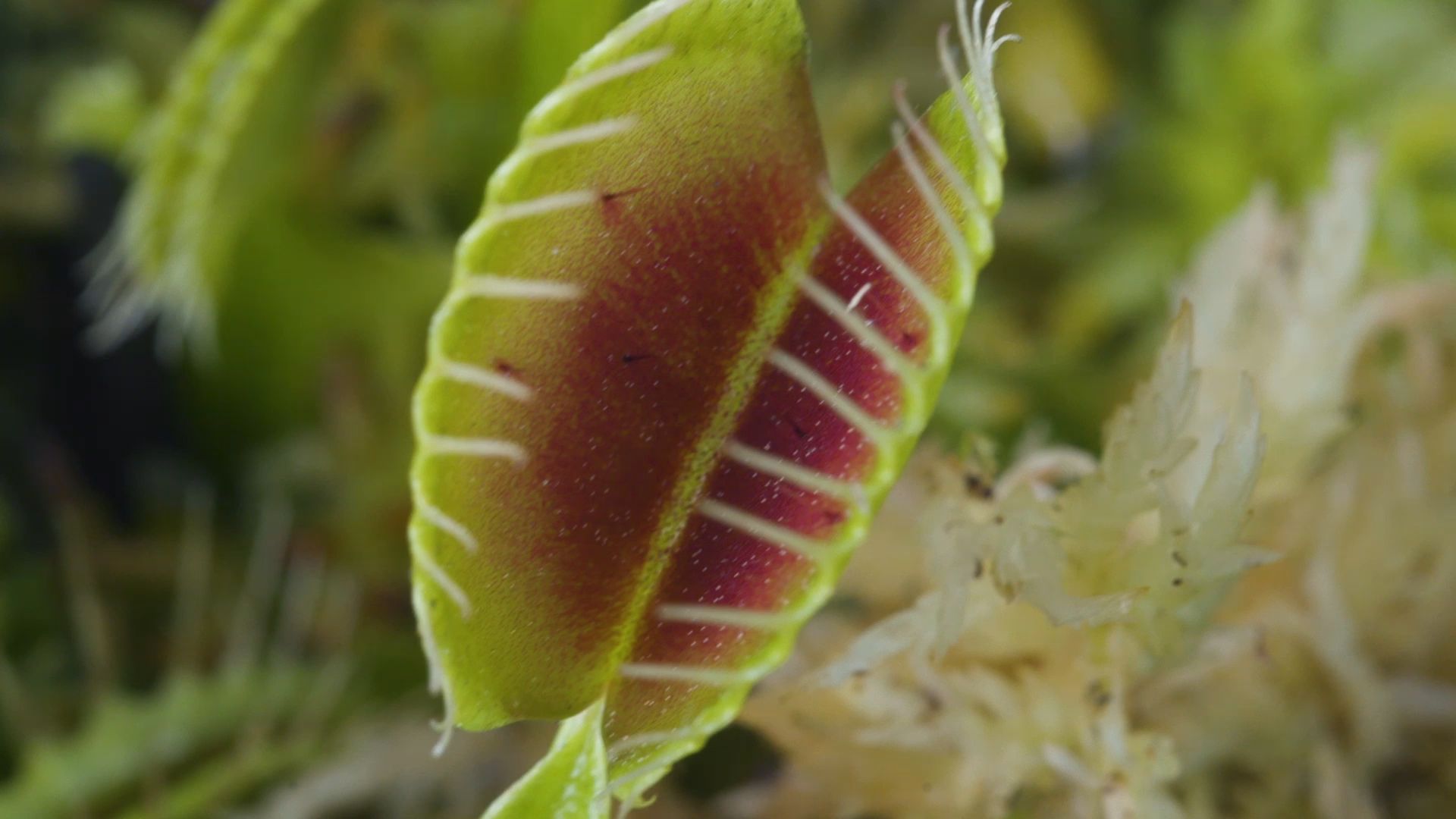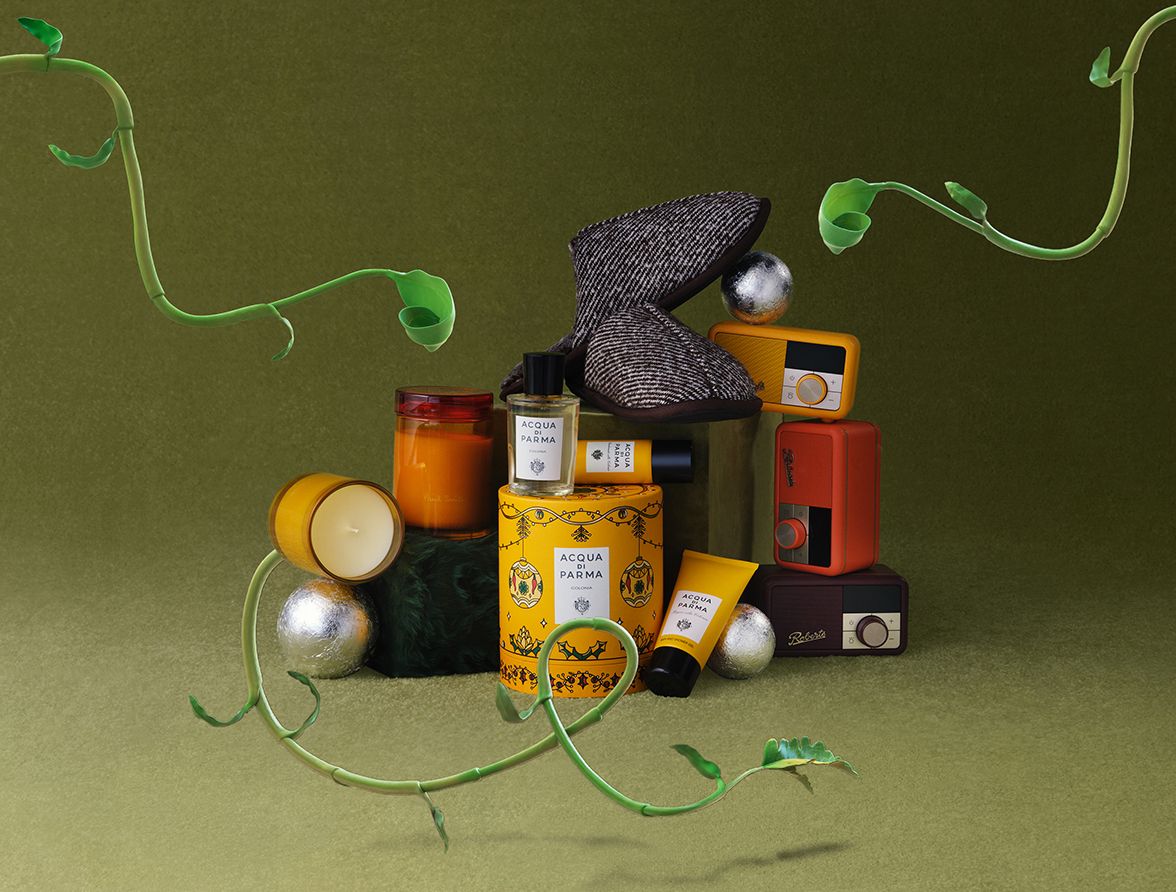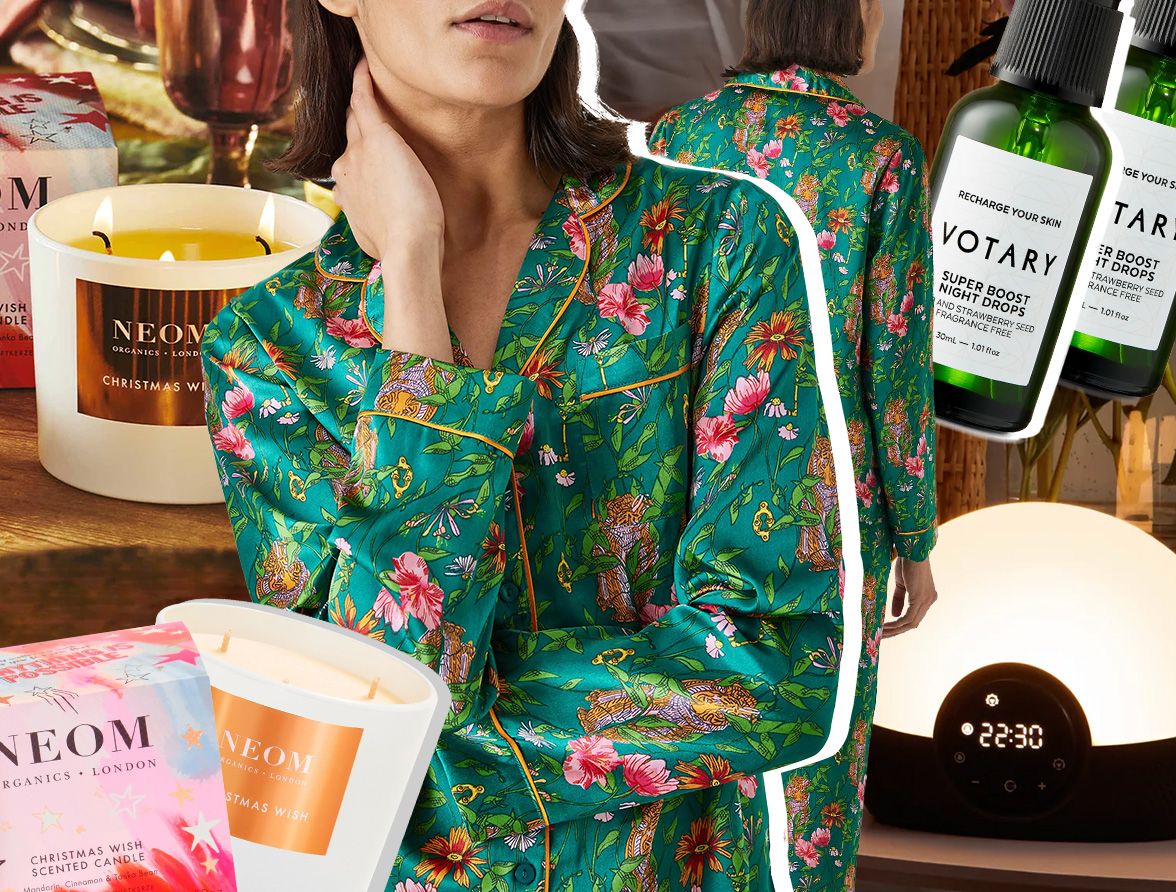A five-step guide to caring for Snapper, your very own Venus fly trap
Venus fly traps are a marvel of evolution. Named after the Roman goddess of love, the plants have adapted to live happily in nutrient-poor environments, such as bogs and wetlands, where they’ve evolved unique mechanisms to capture and digest insects.
These carnivores play a crucial role in maintaining the delicate balance of their natural ecosystems. By controlling insect populations, Venus fly traps help ensure the survival of other plant species and contribute to the overall health of their habitats, essentially serving as guardians of their native environments.
How to care for your Venus fly trap at home
1WaterKeep the soil damp like a wet sponge, but not too soggy. Letting it dry out can cause the traps to go from a bright green to black.
2SunlightVenus fly traps love sunshine. Place them in a sunny spot, like on a windowsill, where they can get lots of sunlight every day.
3FoodVenus fly traps are best at catching bugs for themselves.
4Don't touchIt’s best to not play with or touch the traps, as this can cause them to die prematurely.
5DormancyIn winter, Venus fly traps like to rest and won’t grow much. Just keep Snapper in a bright spot until spring arrives.






